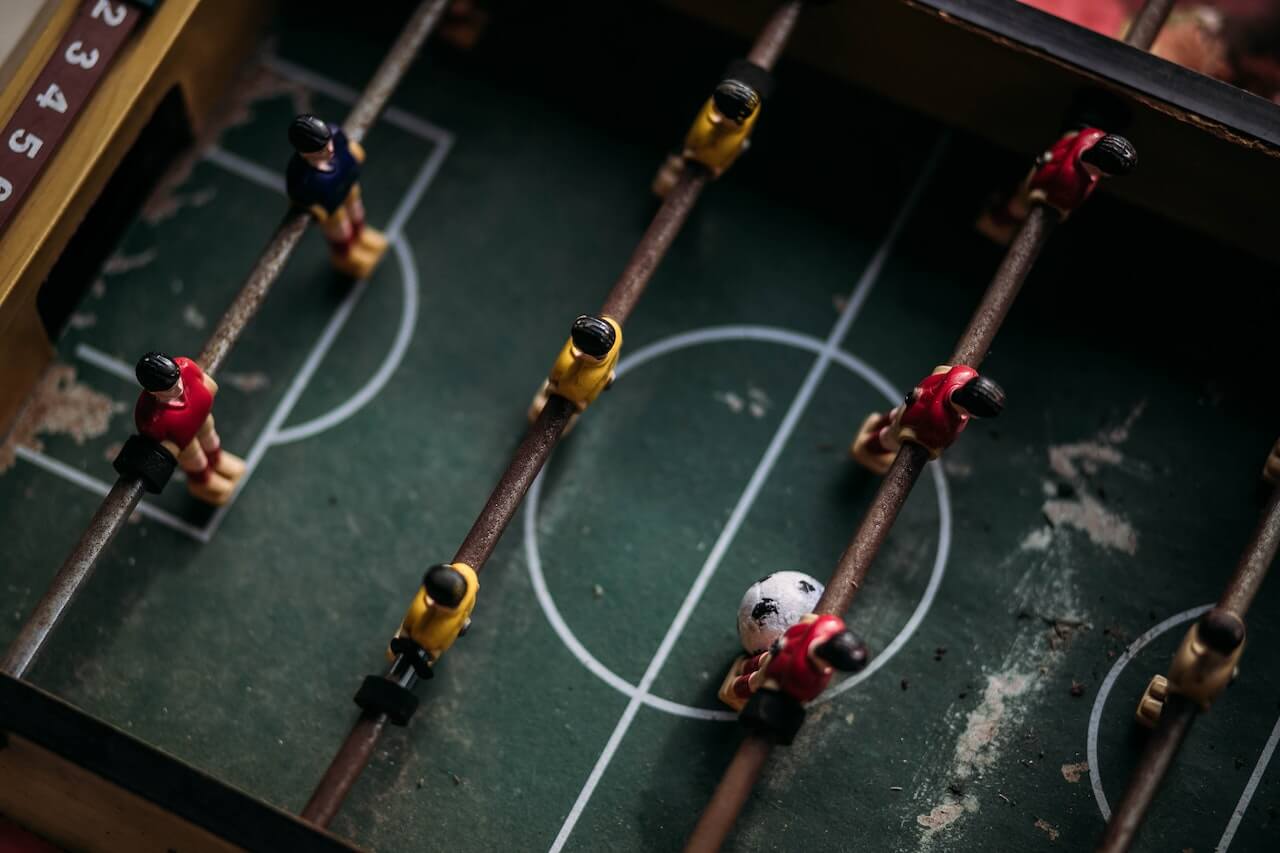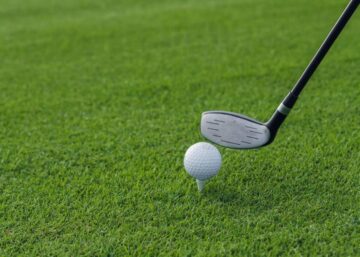When it comes to soccer, each player has a specific role to play on the field. These roles are known as positions, and they vary depending on the team’s strategy and formation. Understanding each position is essential for players to perform their best and contribute to the team’s success.
There are several positions in soccer, and each has its own unique responsibilities. The most common positions include the goalkeeper, defenders, midfielders, and forwards. The goalkeeper is the only player allowed to use their hands and is responsible for protecting the goal. Defenders work to prevent the opposing team from scoring, while midfielders play both offense and defense. Forwards are responsible for scoring goals and creating opportunities for their teammates.
While these positions may seem straightforward, each requires a specific set of skills and abilities. Coaches must carefully consider each player’s strengths and weaknesses when deciding which position they will play. Additionally, players must be able to adapt to different positions and formations, depending on the team’s needs. Understanding soccer positions is crucial for players and coaches alike, as it can make all the difference in achieving victory on the field.
The Basics Soccer Positions & Numbers
Soccer, also known as football, is a team sport played by two teams of eleven players each. The objective of the game is to score more goals than the opposing team. The game is played on a rectangular field with a goal at each end. The team that scores the most goals at the end of the game wins.
Each team has a designated goalkeeper who is the only player allowed to use their hands and arms within their own penalty area. The remaining ten players are divided into defenders, midfielders, and forwards, each with specific roles and responsibilities.
The positions in soccer are as follows:
- Goalkeeper (GK): The player who defends the goal and is the only player allowed to use their hands and arms within their own penalty area.
- Defender (DF): The players who defend their own goal and try to prevent the opposing team from scoring.
- Midfielder (MF): The players who play both an attacking and defensive role, linking the defense and the forwards.
- Forward (FW): The players who primarily focus on scoring goals and putting pressure on the opposing team’s defense.
Each position requires different skills and abilities, and players are often specialized in one or more positions. Understanding the basics of soccer positions is essential for both players and fans alike.
Offensive Positions
When it comes to soccer, the offensive players are responsible for scoring goals and creating opportunities for their team. Here are the different offensive positions:
- Forward: This player is responsible for scoring goals and is usually the most advanced player on the field. They need to have a good sense of positioning, speed, and finishing skills.
- Winger: This player is responsible for creating opportunities for the forward and scoring goals. They are usually positioned on the sides of the field and have excellent dribbling skills.
- Attacking Midfielder: This player is responsible for creating scoring opportunities for the team. They play behind the forward and are usually the most creative players on the field.
- Second Striker: This player is responsible for supporting the forward and creating scoring opportunities. They play behind the forward and are usually good at passing and dribbling.
Each of these positions requires a different set of skills, and it’s up to the manager to decide which players are best suited for each role. A successful offensive strategy requires a combination of speed, skill, and teamwork.
Midfield Positions
Midfield positions are crucial in soccer, as they are responsible for both defending and attacking. Midfielders play a key role in controlling the game and keeping possession of the ball. There are three main types of midfield positions:
- Defensive midfielders – These players are responsible for protecting the backline and breaking up the opposition’s attacks. They are usually strong and physical, with good tackling and interception skills.
- Central midfielders – These players are the engine of the team, linking defense and attack. They are usually versatile and have good passing and dribbling skills.
- Attacking midfielders – These players are responsible for creating chances and scoring goals. They are usually creative and have good vision and finishing skills.
Midfielders need to have a good understanding of the game and be able to read the play. They must be able to make quick decisions and have excellent communication skills to coordinate with their teammates. They also need to be physically fit and have good endurance, as they cover a lot of ground during a game.
Some famous midfielders include Xavi Hernandez, Andres Iniesta, Zinedine Zidane, and Frank Lampard. These players were known for their exceptional skills and ability to control the game from midfield.
Defensive Positions
Defensive positions in soccer are crucial for a team’s success. The main goal of the defenders is to prevent the opposing team from scoring goals. There are several defensive positions in soccer, each with its own responsibilities and duties.
Centre-Back
The centre-back, also known as a central defender, is responsible for guarding the centre of the field and protecting the goal. They are often the tallest and strongest players on the team and are skilled at winning headers and tackles. They must have excellent communication skills with their teammates and be able to read the game well to anticipate incoming attacks.
Full-Back
The full-backs are positioned on either side of the centre-backs and are responsible for defending the flanks and preventing wingers from crossing the ball into the box. They also provide support to the midfielders and forwards by overlapping and creating attacking opportunities. Full-backs must be quick, agile, and have good stamina to cover a lot of ground during the game.
Wing-Back
Wing-backs are similar to full-backs but are more attacking-minded. They are positioned on the flanks and have the freedom to move forward and join the attack. Wing-backs must have excellent crossing and dribbling skills and be able to track back quickly to defend when necessary.
Defensive Midfielder
The defensive midfielder, also known as a holding midfielder, is responsible for protecting the backline and breaking up the opposition’s attacks. They are often the first line of defense and must be skilled at intercepting passes and making tackles. Defensive midfielders must also be able to distribute the ball effectively to their teammates and initiate attacks from deep positions.
Overall, a solid defensive unit is essential for any successful soccer team. Each defensive position has its own unique role and responsibilities, and players must work together seamlessly to prevent the opposing team from scoring goals.
Goalkeeper Position
The goalkeeper is the only player on the field who is allowed to use their hands and arms to touch the ball, but only within the designated penalty area. The goalkeeper’s primary role is to prevent the opposing team from scoring a goal by stopping shots on goal.
The goalkeeper is also responsible for organizing the defense and communicating with the other players on the field. They must be quick on their feet, have excellent reflexes, and be able to anticipate the movements of the opposing team’s players. A good goalkeeper is essential to any successful soccer team.
Some of the key skills required to be a successful goalkeeper include:
- Excellent hand-eye coordination
- Quick reflexes
- Good communication skills
- Ability to read the game and anticipate shots
- Strong throwing and kicking abilities
Goalkeepers are also required to wear a different color jersey than the rest of their teammates, typically bright green or orange, to distinguish them from other players on the field.
| Key Responsibilities | Examples |
|---|---|
| Stopping shots on goal | Diving to save a shot from the opposing team |
| Organizing the defense | Directing players to mark specific opponents |
| Communicating with teammates | Calling out the position of opposing players |
| Distributing the ball | Throwing or kicking the ball to teammates to start a counter-attack |
Conclusion
In conclusion, soccer is a team sport that requires players to work together in different positions to achieve success. Each position has its unique roles and responsibilities that contribute to the team’s overall performance. Understanding the different positions and their roles is crucial for players, coaches, and fans alike.
From the goalkeeper, defenders, midfielders, and forwards, each position plays a significant role in the game. The goalkeeper is responsible for protecting the goalpost and preventing the opposing team from scoring. The defenders work together to stop the opposing team from advancing and scoring. Midfielders control the game’s tempo and provide support to both the defense and offense. The forwards are responsible for scoring goals and creating opportunities for their team to win.
It is essential to note that the positions mentioned in this article are not exhaustive. There are other positions in soccer, such as the sweeper and the wing-back, which may be used in different formations. However, the positions covered in this article are the most common and widely used in the sport.
Lastly, it is vital to understand that soccer is a dynamic sport, and players must be adaptable and versatile. Players may need to switch positions during a game, depending on the team’s needs and the situation. Therefore, players must have a good understanding of all positions to be effective and contribute to their team’s success.







